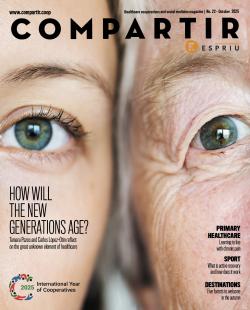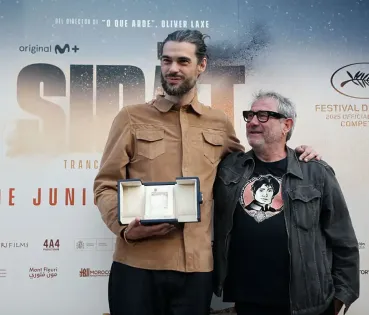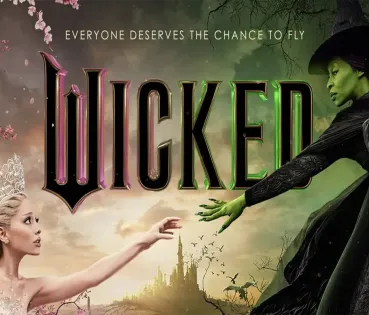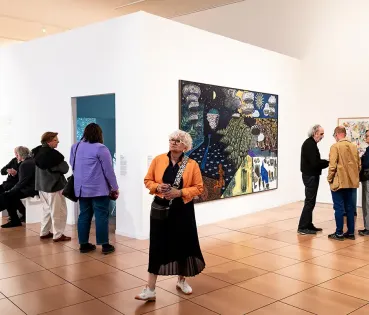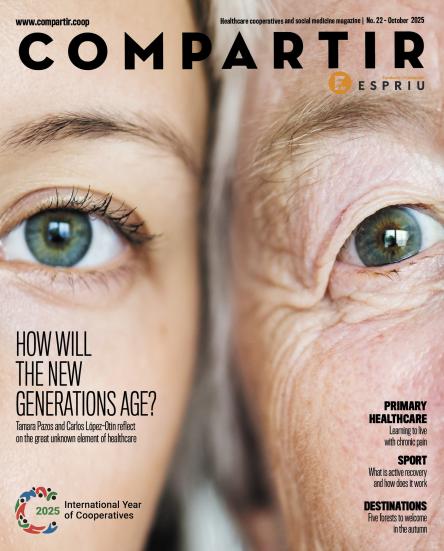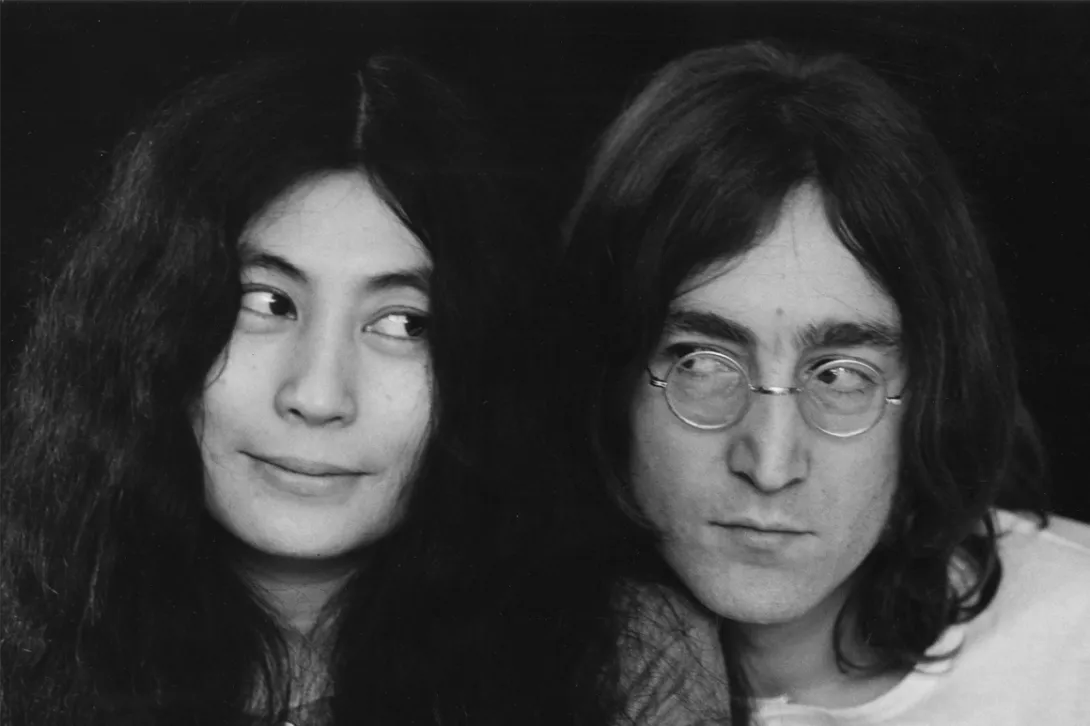
Beyond Lennon: Who's Yoko Ono?
Reviewing Yoko Ono’s career, setting aside accumulated clichés, reveals a powerful conceptual artist who has skillfully blended multiple languages
Die-hard Beatles fans unfairly blamed Yoko Ono for all the group’s problems, especially their breakup. This reaction reflected the prejudices of the time: John Lennon’s girlfriend did not fit the stereotype of a young British woman.
It didn’t help that Paul McCartney said Yoko’s presence at the Let it Be recording sessions was “something you had to put up with.”
Be that as it may, Yoko Ono became the woman many rock fans hated. This caused many misunderstandings about her figure, which even today, at 92 years old, remains questioned by the general public. Ono was an artist from a world far removed from popular music: conceptual art.
Life between Tokyo and New York
Yoko Ono was born in Tokyo in 1933, into a family with a long samurai lineage. Her father, a banker who loved piano, passed on his passion for music. At four, Yoko began piano lessons and soon participated in kabuki theatre performances, growing up between Japan and the United States.
World War II drastically changed her family’s situation. They ended up begging for food on the streets, and her father was held as a prisoner of war. These experiences forged a combative character. After the war, Yoko studied at Sarah Lawrence College in New York, where she met avant-garde artists such as British director Alastair Reid and composer John Cage.
The career of the Japanese artist

From Fluxus to rock
1 of 3
Ono became interested in twelve-tone music and joined the Fluxus group. This movement sought to dissolve art into everyday life through performances, happenings, and creations close to the DIY spirit of punk.
When she met Lennon, Yoko already had a strong artistic background, which helped her enter the rock world. As cultural critic Simon Reynolds explains, Ono’s music was unfairly undervalued. She introduced Lennon to “conceptual art forged from sounds,” which could only be considered rock “in the broadest sense of the term,” according to Reynolds.
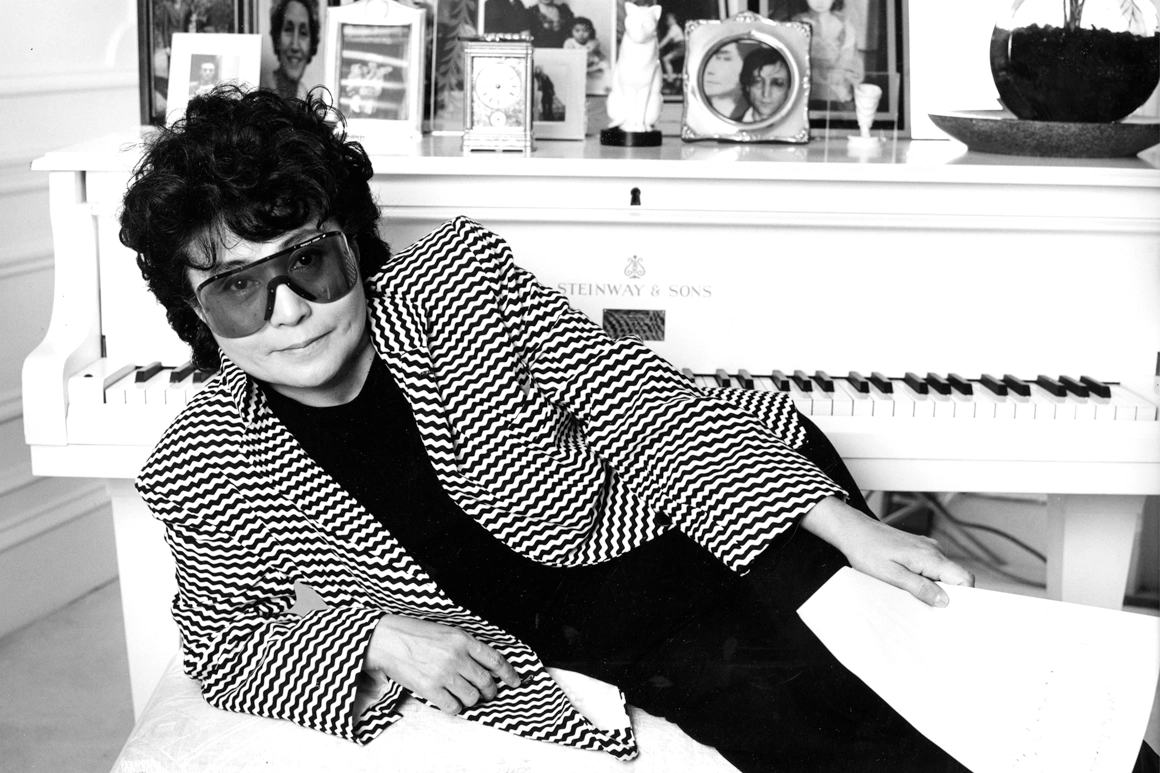
An interesting musical career
2 of 3
At the time, people said Yoko screamed and ruined some of Lennon’s performances. In reality, her vocal work inspired him to create songs like Mother on Plastic Ono Band (1970).
Her 1971 solo album Fly features experimental, ironic rock, in line with other cult artists such as Captain Beefheart. Reynolds notes that “Ono and her partner Lennon staged a self-conscious return to the primitivism of primordial rock’n’roll.” To explore this, listen to the album’s opening track, Midsummer in New York.
Ono could also embrace more conventional forms, as in the touching ballad Growing Pain from Feeling the Space (1973). Thurston Moore of Sonic Youth remarked: “I use sounds to cultivate contemplation. I learned that from Yoko. I live under her shadow.”
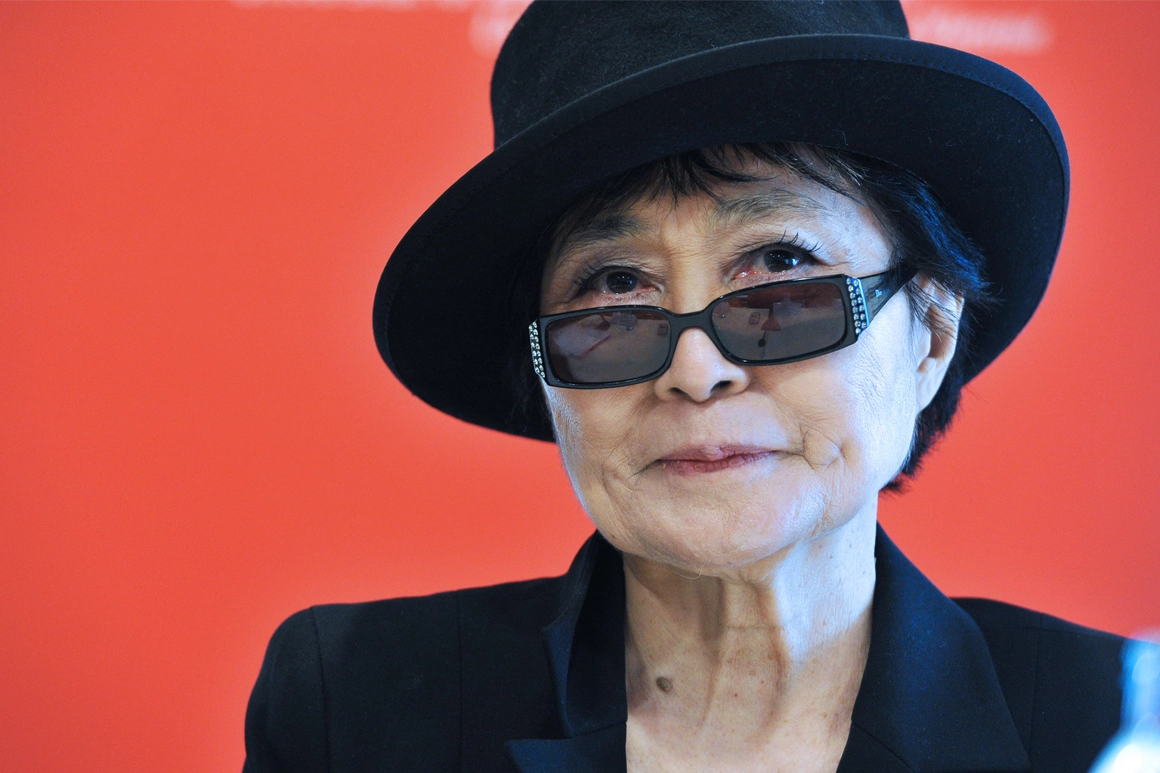
Instructions for existential reinvention
3 of 3
Yoko’s interest in performance was also evident in the famous bed-in for peace at the Hilton Amsterdam with Lennon.
Her conceptual art valued process over outcome, as shown in Grapefruit, her book of instructions and illustrations. In it, she invites readers to reinvent themselves, for instance, by drawing “a map to get lost” or staying in a room for a month just “whispering until the end of the month.”
Over the years, Ono has moved between very different worlds. She recently explored electronic music and launched projects like Imagine Peace (2022), which displayed peace messages on billboards worldwide in response to the war in Ukraine.
Some still resent her for allegedly interfering in The Beatles’ career, but her response is sharp irony rather than anger—perhaps why one of her latest albums is titled Yes, I’m a Witch.
